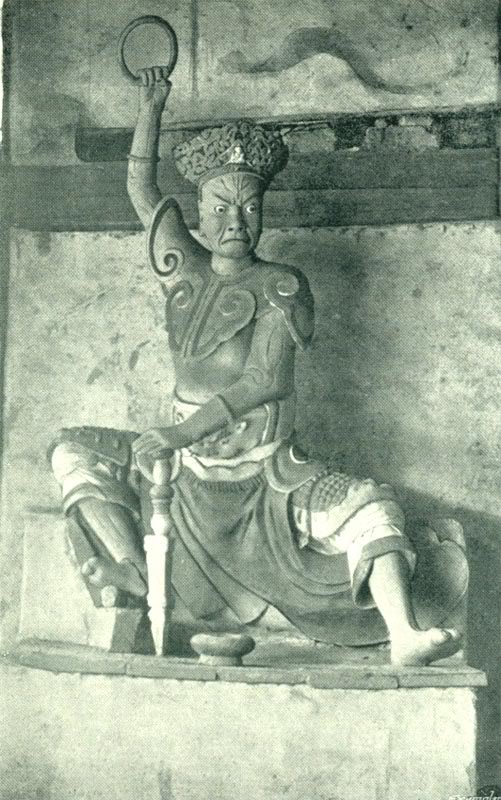What is Qigong?
/Since I began teaching qigong around 1990, I have learned, practiced, and taught countless styles. I think we should change the naming conventions of qigong because they do not match my empirical experience.
There is one book everyone who practices qigong should read, Qigong Fever, by David Palmer. It is a history of the politics that created the name "qigong," and the communist political clique that created a vast quantity of junk science claiming qigong was good for everything from curing cancer to re-directing guided missiles (I'm not kidding).
The problem arose because the methods (styles) of practicing qigong were removed from the Golden Elixar (jindan) framework that originally grounded it. That framework is jing-qi-shen; where jing is everything physical or structural, and shen is everything imaginary including the functional spatial imagination. In this framework, Qi is the intermediary between these two conceptual-experiential categories.
Qigong is simply moving with a felt sense of qi around ones body. With regard to the internal martial arts, that feeling of qi acts as a buffer in between the physical body and the spatial imagination. The quickest way to develop this feeling is through brush bathing.
Brush bathing is very simple. Sit on a bench and pour a bucket of hot water over your head. Then scrub your whole body with a stiff brush; starting at the top and moving towards the feet, scrubbing the yang meridians before the yin meridians (back before front). Then pour four buckets of hot water on your head and one cold bucket. After each bucket visualize (see and feel) the steam as a color permeating your skin and out into space. The colors should changed from dull to bright, and follow the five element color sequence: green, red, silver, violet, gold.
Brush bathe everyday for a couple of months until this felt visuallization is easy to conjure. Meanwhile, learn to dance while maintaining these felt visualizations. That, in my experience, is the entirety of qigong, the rest is marketing and hand-holding.
So what are all those other "qigong" type things that people do? They all fall either into the category of jinggong or shengong. (The word "gong" means work in modern Chinese, but in a non-communist milieu it means to accumulate merit.)
Jingggong is any specific pattern (or quality) of movement. (Once you have the pattern, you can add your qigong felt visualizations to it.) The purpose of jinggong is to change ones physical body through refining ones awareness of it. That covers a wide range of experiences including: coordination, relaxation, imitation, rhythm, breathing patterns, and ways of connecting or integrating through the body.
Shengong is the practice of moving the body exclusively with the imagination. This is how all the internal martial arts work, but it also includes subtle or invisible movements that may happen while practicing visualizations in stillness.
Jinggong works fine without qigong. And qigong is a wonderful practice on its own too. They also work well together. But shengong is not going to work unless one has mastered the qigong practice. And shengong will not work for martial arts or dance unless the movement patterns (jinggong) are established first. At the risk of stating the obvious, if one does not know how to kick someone in the head shengong will not help, learn the skill first.
Colors are a useful way to trick ones mind into experiencing empty space as having substance, so that it becomes easier to manipulate. There are countless other tricks. I suspect it will be some time before my naming conventions become conventions. But calling everything qigong, is not consistent with the basic cosmology of the body or the practice. Let's change it.


